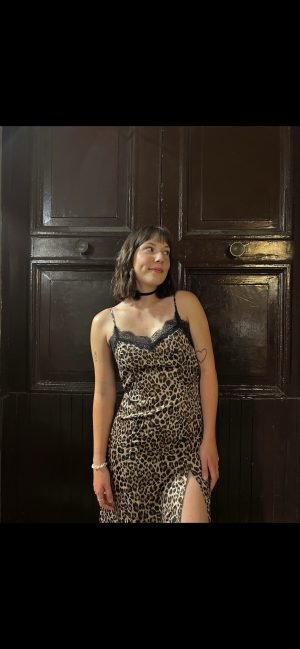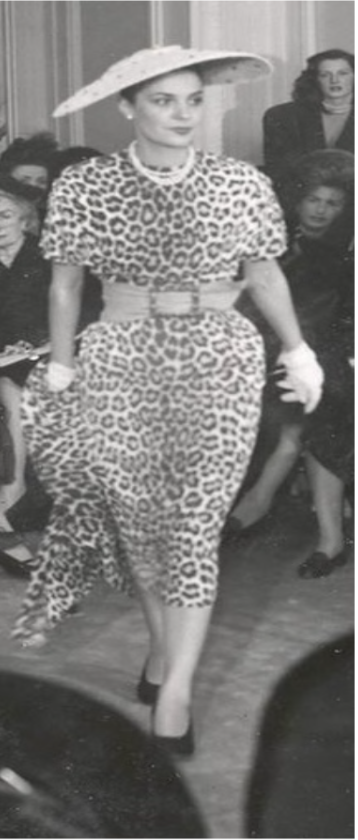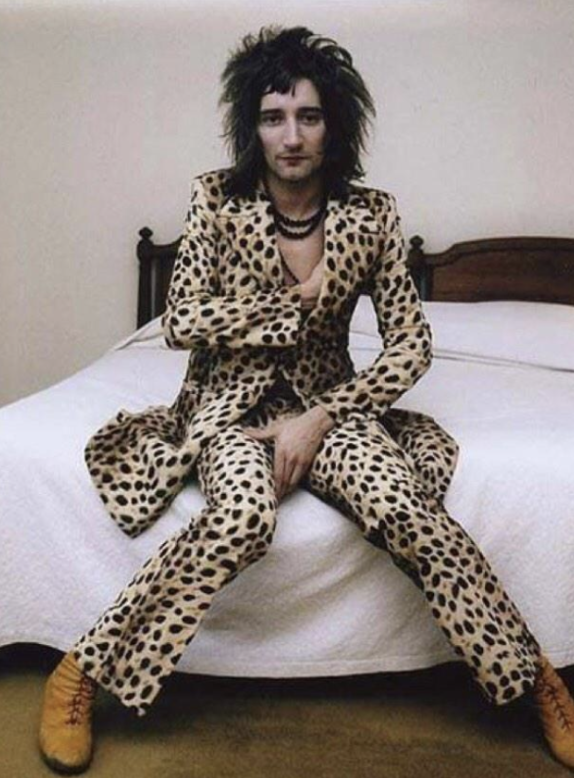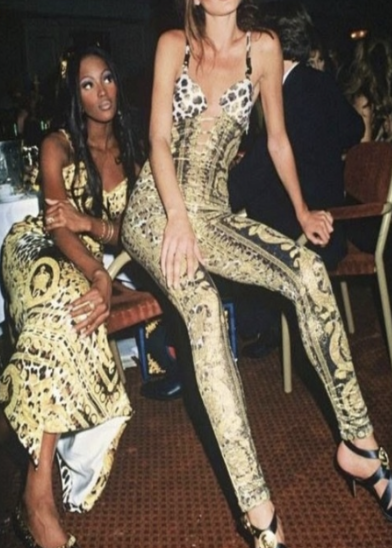
This week we’re highlighting the never-ending phenomenon of animal print, specifically, leopard. Critics and lovers of the iconic pattern have argued throughout the decades whether or not leopard deserves to come back into cycle season after season. We’re here to say it rightfully deserves its place in fashion, and it’s something we’re excited to see even more of as the years go on. While cheetah and leopard are commonly grouped together and sometimes confused, this week’s Trend Tuesday aims to highlight leopard print and how it’s been worn throughout fashion history. In more recent times, leopard print has been seen everywhere. From the runway to trending sneakers, wallpapers and room decor, makeup looks and haircuts, handbags and tights, it’s guaranteed to be everywhere. Is there such a thing as too much? Or could there never be enough?
A Brief Overview of Leopard Throughout the Years

Animal prints have been worn and imitated long before fashion designers and runways became a thing. One of the most noted examples of this is Seshat, the Egyptian goddess of wisdom who is frequently depicted wearing a leopard skin dress. Many kings and queens from ancient times would wear leopard print skins because of its powerful meaning. It signifies power and wealth, which stems from the fierce animals themselves, as well as who the print was available to.
In regards to the runway, leopard print first debuted in Christian Dior’s “New Look” collection in 1947.

Leopard print carried on its exclusive and powerful reputation throughout the mid 1900s. Only the elite were spotted wearing it. Some even went as far as to purchase actual leopards, cheetahs, and jaguars to walk on leashes. Throughout the 50s and 60s, leopard print became even bigger, specifically for rich wives who sported it through their fur coats. Jackie Kennedy’s extravagant ensembles pushed leopard print even more into the public eye, in turn also amping up the movement for animal rights. In 1968, designer Rudi Gernreich had launched a collection entirely made of faux animal print designs. It was a turning point that showed leopard print was here to stay and that the empowerment of the print still carried onto faux fabrics, leaving the animals themselves alone.

By the time the 1970s rolled around, leopard print had made its rounds through the fashion world and it was more easily accessible. It was around this time that leopard print was seen as tacky and trashy, and this distinction it earned so long ago still follows it to this day. It became huge in the punk-rock and nightlife scene, earning a seductive reputation.

The 80s and 90s were a turning point in animal print in fashion, and fashion in general. It was more acceptable to wear things that were out there, specifically in the music scene and nightlife backgrounds. Some designers attempted to reclaim and re-elevate leopard print on the runway, Gianni Versace in the 90s is a prime example of this. While some were trying to make it exclusive again, a bigger group of people were taking leopard print to a different level and making it even more punk and rebellious than before; Kurt Cobain is another example of this.

The 2000s through the present has seen many different ways of wearing leopard print as well as mixed opinions on it. The print was huge in the early 2000s and it was shown on everything from items of clothing to any and all accessories. In neon and bright colors and in different silhouettes than had been seen before, the early 2000s were something completely unique in the fashion world.
As the timeline nears closer to the 2020s, leopard print has been seen on the runway numerous times. It’s now something that is worn by everyone. Its reputation still lingers and there are still mixed reactions to bold animal print pieces, but if we’ve learned anything from fashion history and the cycles it goes through – it’s to wear what you like, when you like it. Trends come and go, and everything within the fashion realm is subjective. What is trashy and too bold to one person can be chic and classy to another. Leopards are fierce, powerful, and courageous. Next time you pick out a leopard print piece, remember that you are too!